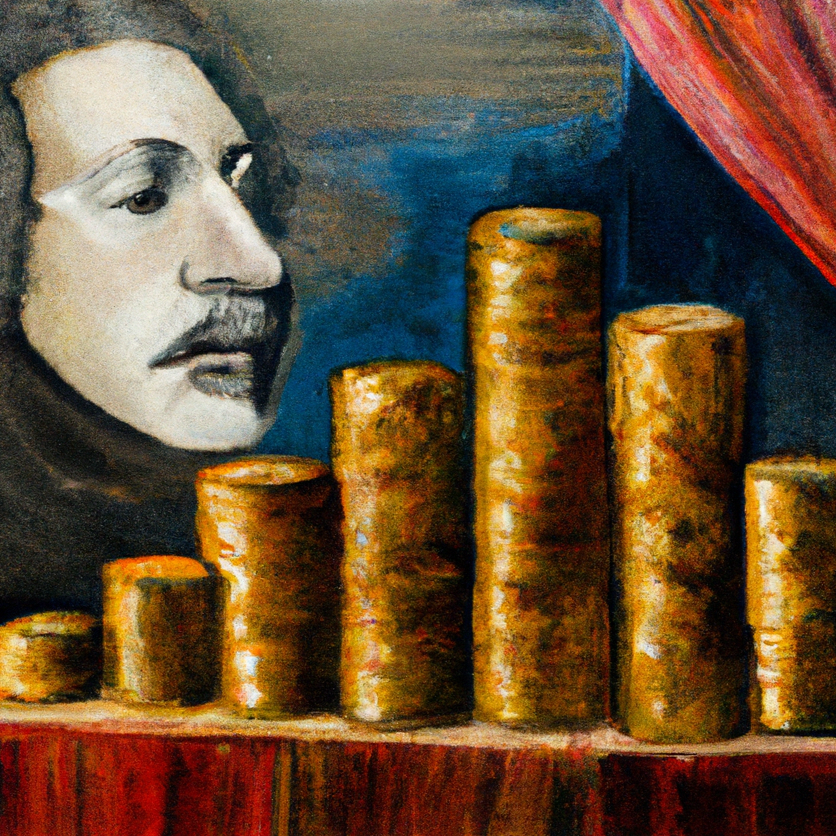
Art isn’t traditionally thought of as an investment vehicle, but it does provide diversification and potentially long-term returns. To be profitable however, an in-depth knowledge is required in order to make profitable choices.
Blue-chip works and modern masterpieces often have high entry points that make them inaccessible to new investors. Experienced collectors looking for lower initial investments can seek out emerging artists with investment potential.
1. Determine Your Investment Objectives
Art is an engaging asset class that combines financial returns with emotional resonance. While art may be riskier than some investments such as stocks, bonds, commodities and real estate, its presence can add diversification benefits that enhance portfolio return profiles – so much so that 85% of wealth managers believe art should form part of every balanced portfolio.
Before making major commitments in art investments, it’s essential to establish an informed research foundation. This may involve researching an artwork’s exhibition history and critical reception, visiting art fairs or galleries, consulting an expert in the field and consulting with them directly.
At the core of every art investment strategy lies its holding method. Options to consider for beginners could include physical collection or fractional investing; with the latter offering lower upfront capital requirements. Transaction and management fees as well as costs related to maintaining works must also be carefully considered when making these choices.
2. Understand Your Risk Tolerance
Art is an unpredictable investment market; buying pieces may or may not increase in value over time. To make an informed decision about investing, it’s crucial to understand both your risk tolerance and its relation to your financial goals.
Art investments, such as those made up of collectibles such as classic cars or fine wine, tend to be intangible investments that cannot be sold quickly on short notice and incur ongoing management and storage expenses.
One way of mitigating the risks associated with art investing is diversification. Investors can utilize various strategies to assemble a well-balanced portfolio, including using an expert art advisor’s research and valuation skills or investing in funds or collective investment vehicles. Another tactic involves finding undervalued artworks with potential appreciation potential, which requires keen observation skills as well as awareness of current market trends and attending art fairs, exhibitions or auctions regularly – an integral element for keeping up with what’s happening on the art scene.
3. Research the Artists You’re Interested in
Step one of art investing involves discovering which pieces appeal to you and why. It is vital that this step be thoroughly investigated as purchasing art without genuine enthusiasm will likely not yield positive returns as an investment.
Art is an expansive world; from 18th-century Renaissance etchings to digital installations. To narrow your focus and ensure success, it can be beneficial to consult an art expert early on who can guide your journey in navigating the market.
Researching artists to gain more information on their background and history is also beneficial; consider their training, previous works and exhibitions as indicators that their art holds lasting value. Furthermore, considering inclusion in museums or renowned collections can indicate this value further; many art investors find the process emotionally fulfilling in ways other investments cannot provide, while often including it in estate planning plans as assets to pass down to future generations.
4. Consider Your Time Frame
Art is an ideal long-term investment option, making it a popular asset class among investors who include it in their broader portfolio or estate plan. However, unlike stocks with their standard reporting systems and teams of analysts providing valuation assistance, artwork requires special knowledge for valuation purposes – thus making it more difficult to sell quickly for cash on short notice.
Artwork requires additional expenses such as insurance, storage and authentication fees that must be factored into an art investment’s cost equation. Before embarking on any higher-risk strategies such as art equity funds or fractional ownership arrangements, investors should assess how much risk they’re comfortable taking on and consider how much spending money they are willing to expend on them.








